
HLTAID010 - Provide Basic Emergency Life Support (Includes CPR - HLTAID009)
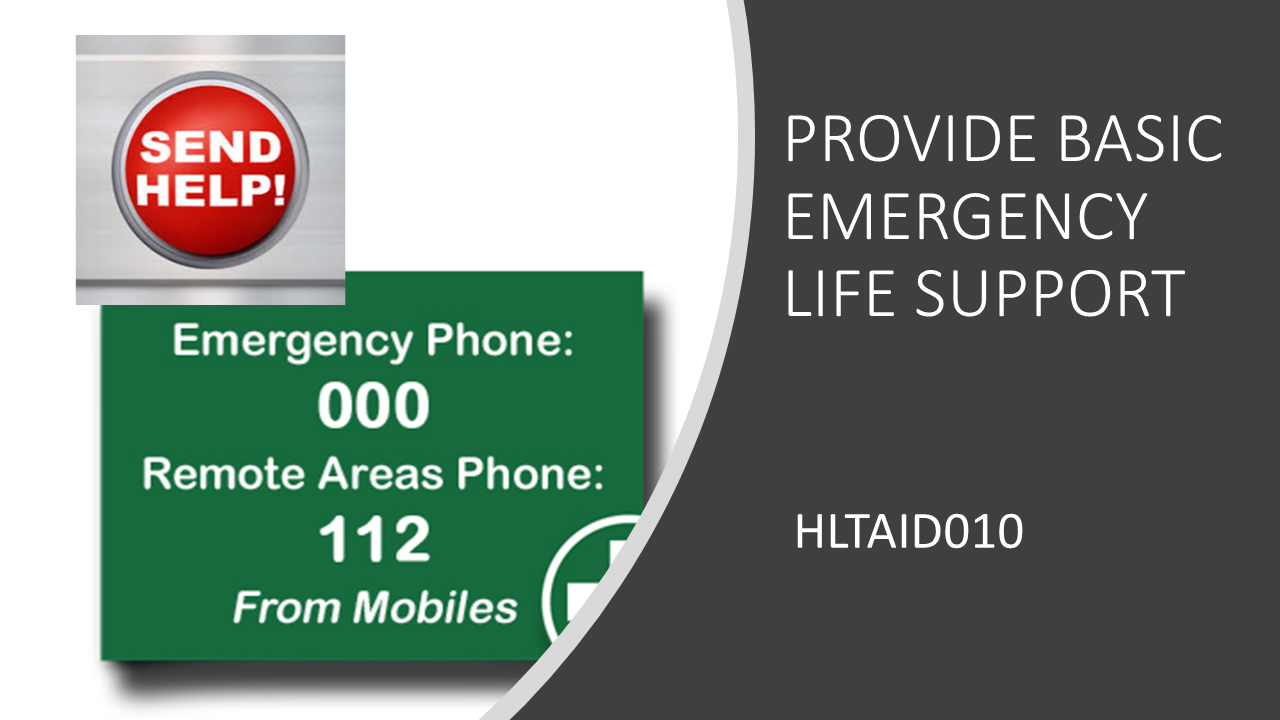
Overview
Course Description
The course duration period shown is the allowable timeframe for completion of the Online Theory. It not relevant to the nominal hours of the course or the unit certification period. This unit describes the skills and knowledge required to recognise and respond to life-threatening emergencies in line with first aid guidelines determined by the Australian Resuscitation Council (ARC) and other Australian national peak clinical bodies. This unit applies to all persons who may be required to provide an emergency response in a range of situations, including community and workplace settings. Specific licensing/regulatory requirements relating to this competency, including requirements for refresher training should be obtained from the relevant national/state/territory Work Health and Safety Regulatory Authorities.
What you'll learn
Please watch all Modules and Parts of our videos, prior to attempting the Test Questions. If the ANSWER AREAS ARE BOXES - This Means to Choose more than 1 option. If the ANSWER AREAS ARE CIRCLES - You can only choose 1 option This is the 'Theory Only Component' and the 'Practical Assessment' must be completed prior to receiving a Statement of Attainment for this unit. ELEMENTS: 1. Respond to an emergency situation. 2. Apply appropriate first aid procedures. 3. Communicate details of the incident. 4. Review the incident. PERFORMANCE EVIDENCE: There must be evidence that the candidate has completed the following tasks in line with State/Territory regulations, first aid codes of practice, first aid guidelines determined by the Australian Resuscitation Council (ARC) and other Australian national peak clinical bodies and workplace or site procedures: • managed, in line with ARC guidelines, the unconscious, breathing casualty including appropriate positioning to reduce the risk of airway compromise • managed, in line with ARC guidelines, the unconscious, non-breathing adult, including: • performing at least 2 minutes of uninterrupted single rescuer cardiopulmonary resuscitation (CPR) (5 cycles of both compressions and ventilations) on an adult resuscitation manikin placed on the floor • following the prompts of an automated external defibrillator (AED) to deliver at least one shock • demonstrating a rotation of single rescuer operators with minimal interruptions to compressions • responding appropriately in the event of regurgitation or vomiting • managed, in line with ARC guidelines, the unconscious, non-breathing infant, including: • performing at least 2 minutes of uninterrupted single rescuer CPR (5 cycles both compressions and ventilations) on an infant resuscitation manikin placed on a firm surface • managed casualties, with the following: • anaphylaxis • asthma • non-life-threatening bleeding • choking • shock • responded to at least one simulated first aid incident contextualised to the candidate’s workplace or community setting, where the candidate has no knowledge of the casualty’s condition prior to starting treatment, including: • identifying the casualty’s illness or injury through history, signs and symptoms • using personal protective equipment (PPE) • providing appropriate first aid treatment • conveying incident details to emergency services or advising casualty on any required post incident action • providing an accurate verbal report of the incident • reviewing the incident. KNOWLEDGE EVIDENCE: Demonstrated knowledge required to complete the tasks outlined in elements and performance criteria of this unit: guidelines and procedures including: • ARC guidelines relevant to the provision of first aid • first aid guidelines from Australian national peak clinical bodies • potential incident hazards and risk minimisation processes when providing first aid • infection control procedures, including use of standard precautions and resuscitation barrier devices • requirements for currency of skill and knowledge • first aid codes of practice • appropriate workplace or site procedures relevant to the provision of first aid • contents of first aid kits • legal, workplace and community considerations, including: • duty of care requirements • own skills and limitations • consent and how it relates to the conscious and unconscious casualty • privacy and confidentiality requirements • awareness of potential need for stress management techniques and available support for rescuers • considerations when providing CPR, including: • upper airway and effect of positional change • appropriate duration and cessation of CPR • appropriate use of an AED • safety and maintenance procedures for an AED • chain of survival • how to access emergency services • techniques for providing CPR to adults, children and infants including: • how to recognise that a casualty is unconscious and not breathing normally • rate, ratio and depth of compressions and ventilations • correct hand positioning for compressions • basic anatomy, physiology and the differences between adults, children and infants relating to CPR • Signs, symptoms and management of the following conditions or injuries: • allergic reaction • anaphylaxis • asthma • non-life-threatening and life-threatening bleeding • cardiac conditions, including chest pain • choking • shock • stroke. ASSESSMENT CONDITIONS: Each candidate to demonstrate skills in an environment that provides realistic in-depth, scenarios and simulations to assess candidates’ skills and knowledge. Due to the nature of this type of training, it is acceptable for the performance evidence to be collected in a simulated environment. Compression and ventilation skills must be demonstrated on resuscitation manikins following ARC guidelines for the purpose of assessment of CPR procedures. Assessment must ensure access to: • adult and infant resuscitation manikins following ARC guidelines for the purpose of assessment of CPR procedures • workplace first aid kit • adrenaline auto-injector training device • AED training devices • placebo bronchodilator and spacer device • different types of wound dressings and bandages • blankets and items to treat for shock • personal protective equipment (PPE). Simulated assessment environments must simulate real-life situations where these skills and knowledge would be performed, with all the relevant equipment and resources of that workplace or community environment.
Content
- All Units - Module 1 (WELCOME- Student Rights & Responsibilities)
- All Units - Module 2 (Introduction to First Aid Response) PART 1
- HLTAID009 - (CPR) Module Part 1
- All Units - Module 2 (Introduction to First Aid Response) PART 2
- All Units - Module 2 (Introduction to First Aid Response) PART 3
- HLTAID009 - (CPR) Module Part 2
- HLTAID009 - (CPR) Module Part 3
- HLTAID009 - (CPR) Module Part 4
- HLTAID011 - Module 5 (Medical Conditions) PART 1
- HLTAID011 - Module 5 (Medical Conditions) PART 2
- HLTAID011 - Module 5 (Medical Conditions) PART 3
- HLTAID011 - Module 4 (Breathing Bites and Stings) PART 1
- HLTAID011 - Module 4 (Breathing Bites and Stings) PART 2
- HLTAID011 - Module 4 (Breathing Bites and Stings) PART 3
- HLTAID011 - Module 4 (Breathing Bites and Stings) PART 4
- HLTAID011 - Module 4 (Breathing Bites and Stings) PART 5
- HLTAID011 - Module 3 (Initial Response) PART 1
- HLTAID011 - Module 3 (Initial Response) PART 2
- HLTAID011 - Module 3 (Initial Response) PART 3
- HLTAID011 - Module 6 (Injury & Trauma) Part 1
- HLTAID011 - Module 6 (Injury & Trauma) Part 2
- HLTAID011 - Module 6 (Injury & Trauma) Part 3
- HLTAID011 - Module 6 (Injury & Trauma) Part 4
- HLTAID011 - Module 6 (Injury & Trauma) Part 5
- HLTAID011 - Module 6 (Injury & Trauma) Part 6
- HLTAID011 - Module 5 (Medical Conditions) PART 4
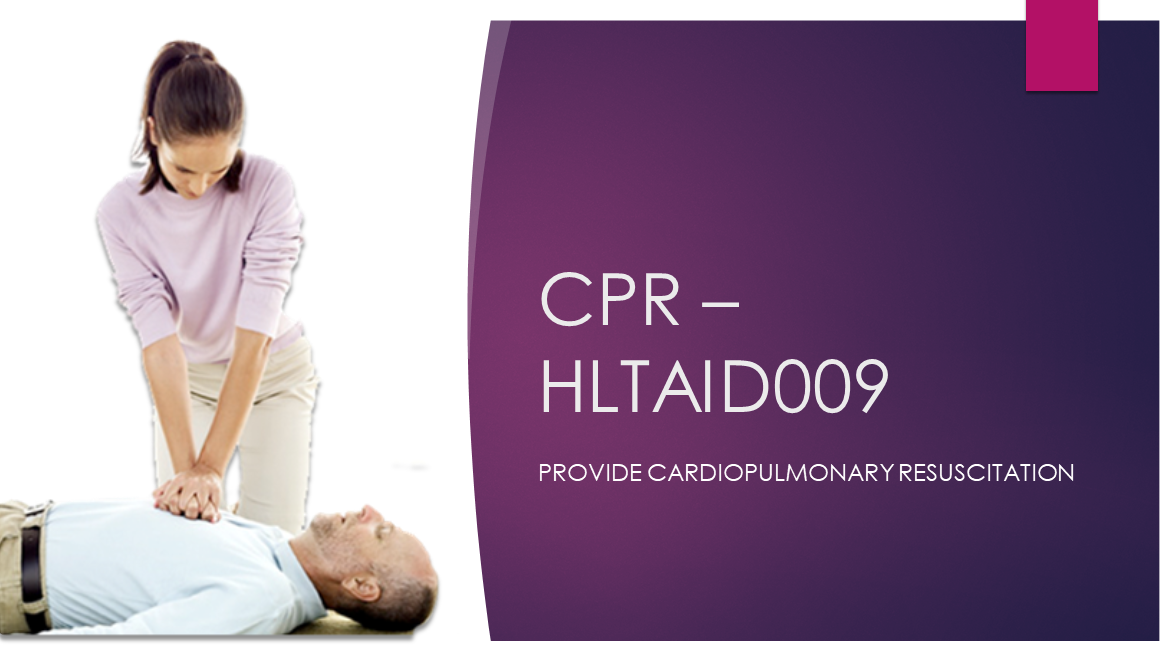
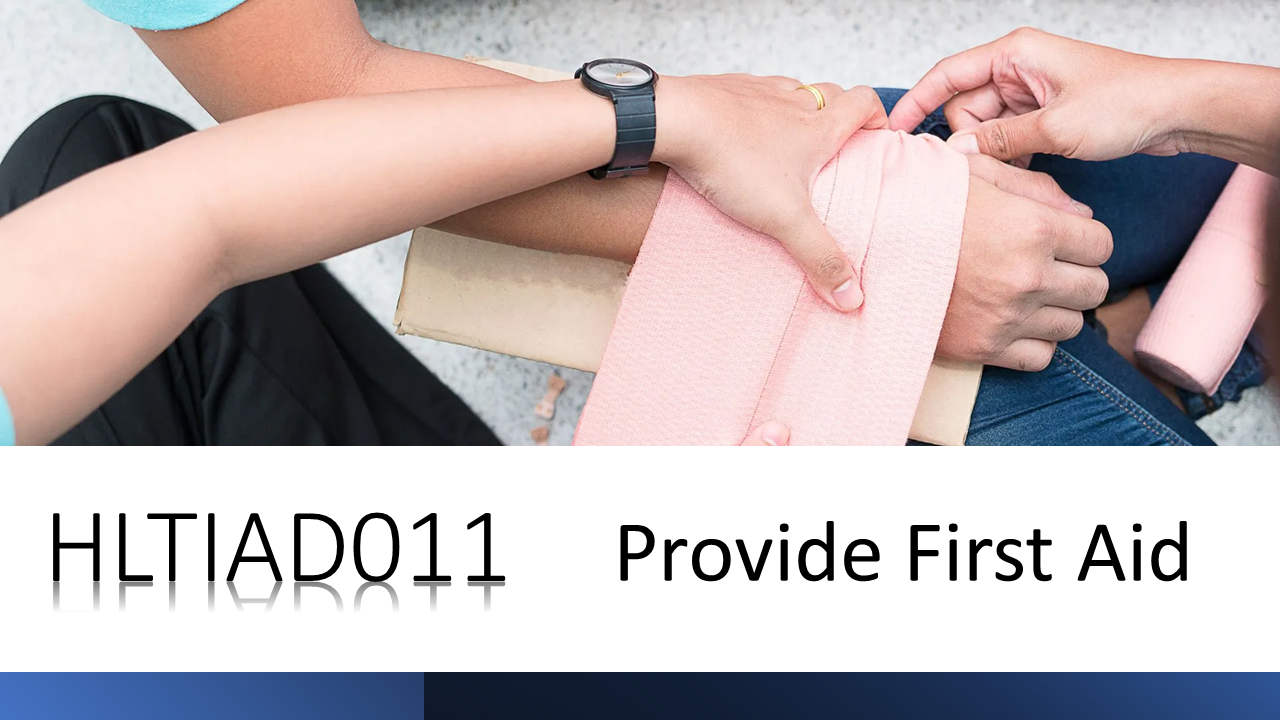
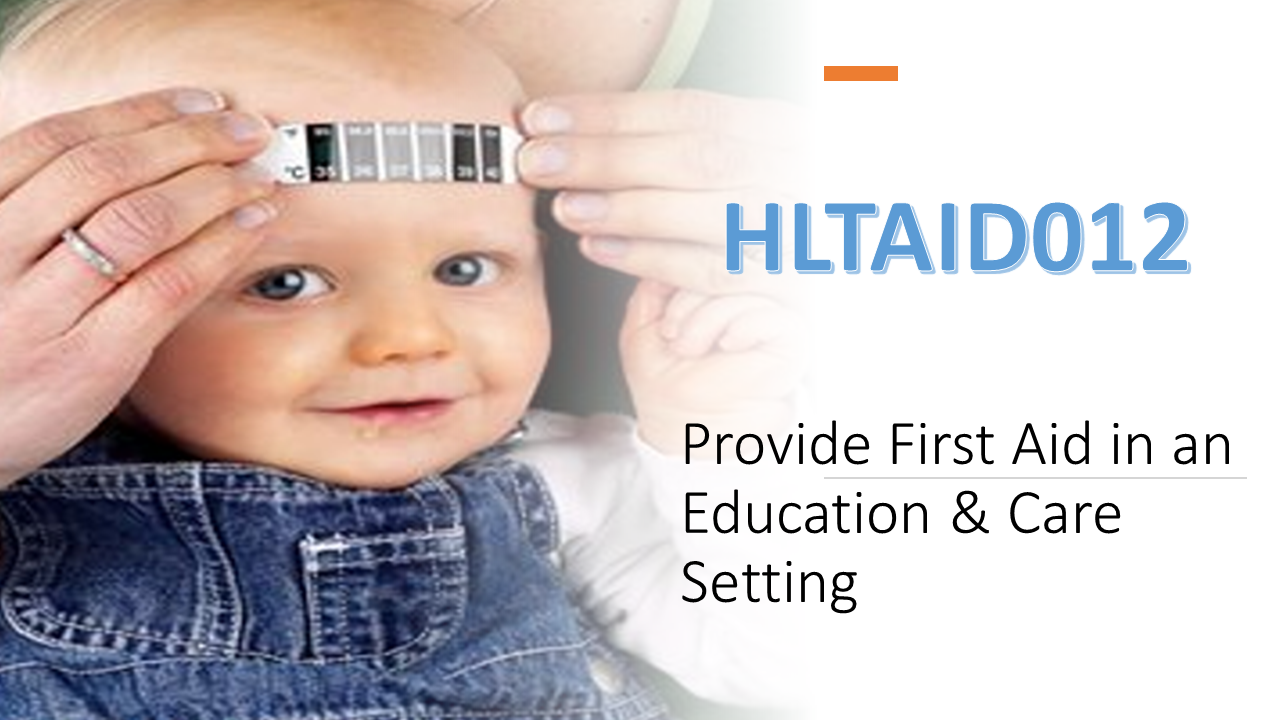
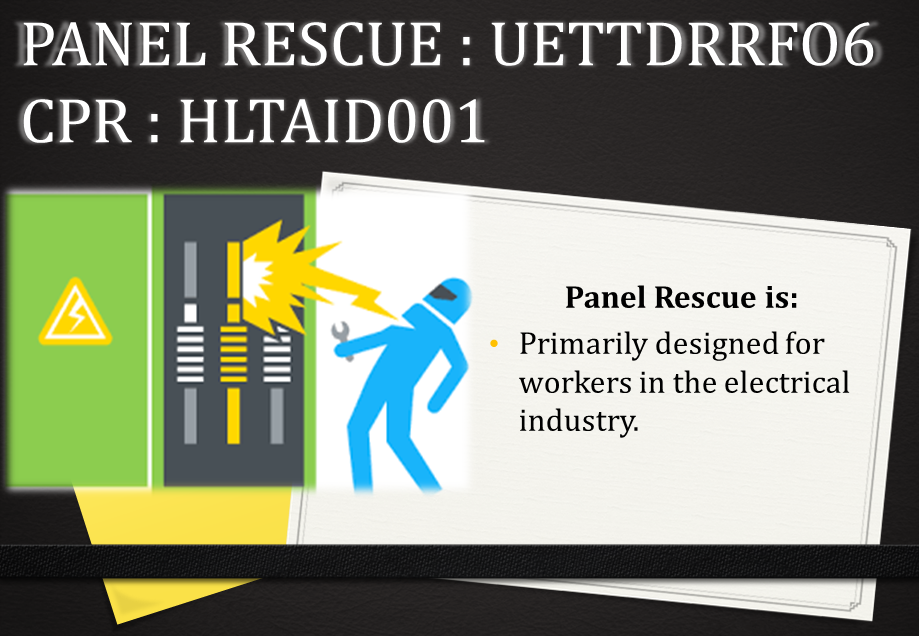
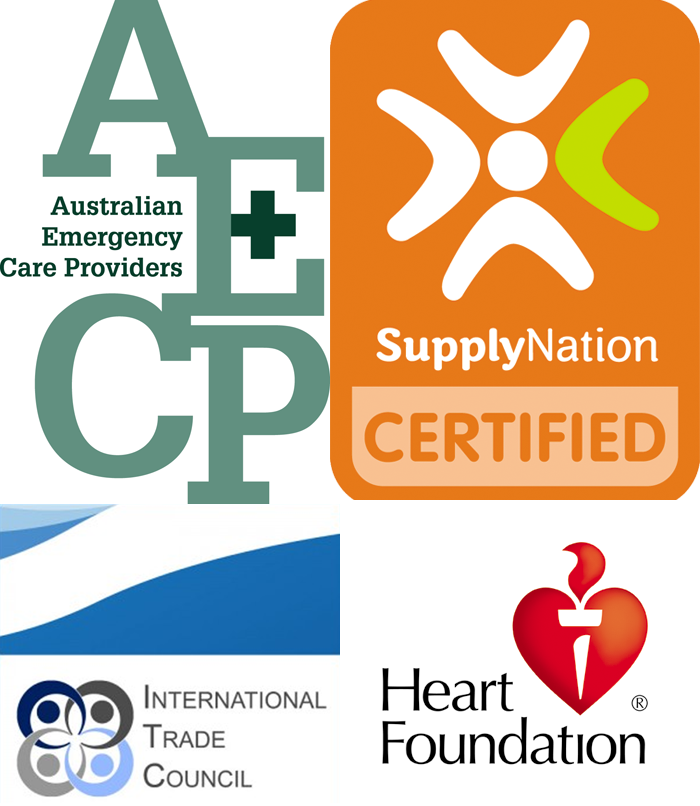 TOGETHER WE CAN MAKE A WORLD OF DIFFERENCE.
TOGETHER WE CAN MAKE A WORLD OF DIFFERENCE.